Winemaking
Winemaker - MIKE WALLER

A master of Pinot Noir, known for his terroir-driven approach to winemaking, Mike Waller has worked alongside legendary vintner Josh Jensen for more than a decade, helping to guide winemaking at Calera. Mike’s winemaking style honors the character and complexity of Calera’s six renowned sites on Mt. Harlan, which are the source for some of the New World’s most revered wines. In the winery, Mike captures the nuance of these grand cru-caliber vineyards to create sophisticated wines renowned for their layered elegance and aging potential.
While earning his degree in viticulture and enology, Mike worked at Saintsbury, where he began to develop a passion for Pinot Noir. After graduation, Mike spent a year as the wine chemist at Beringer, before moving home to the Central Coast to become the assistant winemaker at Chalone in 2004. Mentored by acclaimed winemaker Dan Karlsen, Mike developed a deeper, more vineyard-inspired approach to winemaking. “I grew up on the Central Coast reading books like Steinbeck’s ‘The Pastures of Heaven,’” says Mike. “This is a region of pioneers who have followed their own path, while embracing a connection to the land. In the world of wine, these are often the foundations for greatness.”
In 2007, when Josh Jensen invited Mike to become the assistant winemaker at Calera, he was thrilled. “Josh is rightfully a legend,” adds Mike. “He sought out a place to grow his wines that was so remote, with no electricity, little water, and challenging growing conditions. He put everything on the line because this is what he believed it would take to make some of the finest wines in the world—and he was right.”
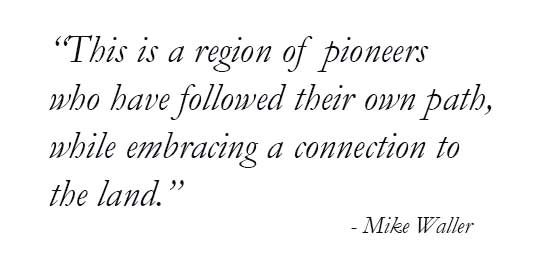
Mike and Josh quickly discovered that they shared similar philosophies, palates and approaches to growing and making wine, and in 2009, Josh named Mike the winemaker for Calera. In the years since, Mike has developed an intimate understanding of Calera’s vineyards that allows him to make elegant, age-worthy wines recognized for their cool-climate purity. From his judicious use of new oak to his measured incorporation of whole clusters, each of Calera’s single-vineyard wines is made to frame the uniqueness of the winery’s six Mt. Harlan vineyards. “Because we have some of the oldest vines on the Central Coast, the roots dig deep, delivering remarkable complexity,” says Mike. “At the same time, each site is unique, with its own story to tell each growing season. These are the stories we strive to tell.”
GRAVITY-FLOW
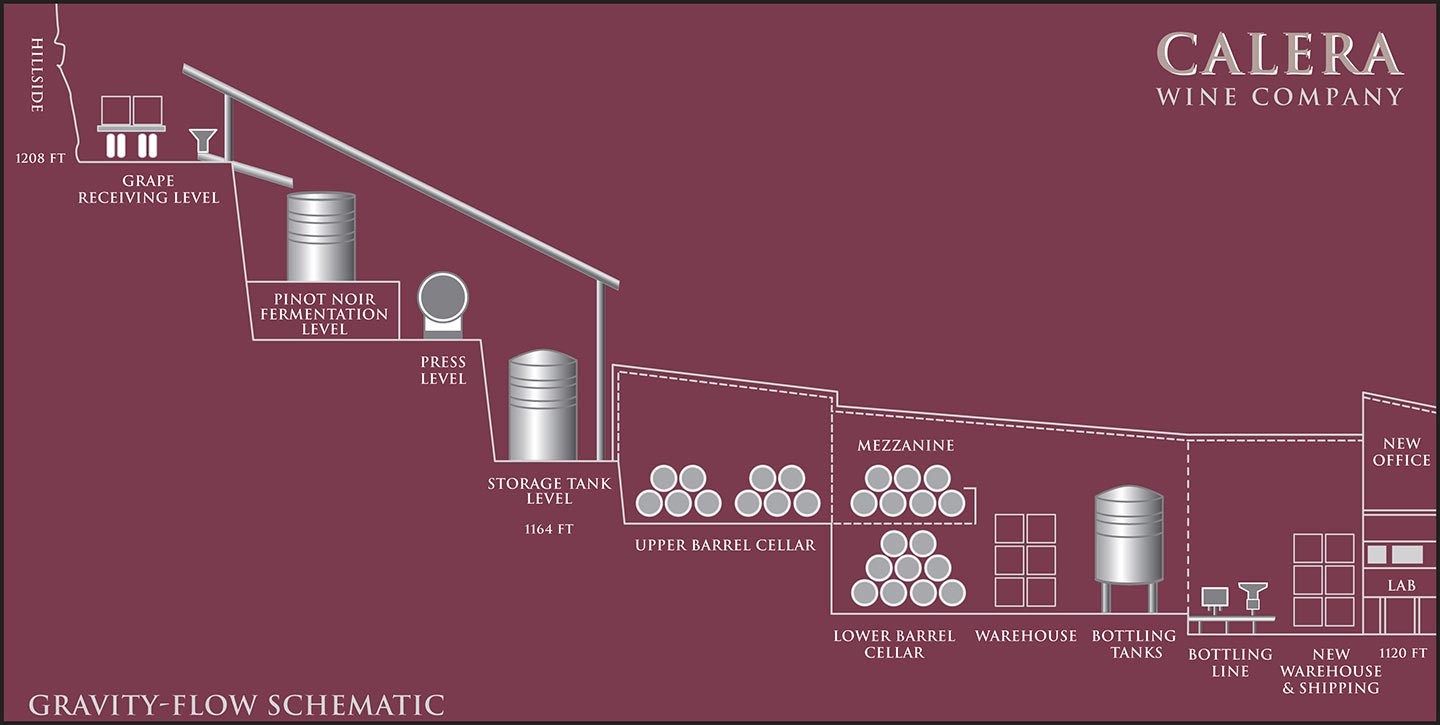
What exactly is “gravity-flow” winemaking and why do wine people talk about it? When you make wine you have to move first the grapes and then, after pressing, the wine through the steps of the winemaking process. In Calera’s case grape clusters are harvested from the vines always and only by hand, by human pickers, and never by machines known as mechanical harvesters. So far, that's pretty simple.
However, once the grapes are trucked from the vineyards (where we grow the grapes) to the winery (where we make the wine) it can get more complicated. Most wineries are built on a flat site, on just a single level. As a consequence, moving the grapes from a receiving area or hopper to a fermenting tank (for red wines) or to a press (for whites), requires that those wineries use some sort of conveyor – such as a screw conveyor, a cleat conveyer, a rubber conveyor belt, or large must pumps that whoosh the grape solids along with the grape juice – to get tons and tons of grapes from one place to the next.
By contrast, in a gravity-flow winery, of which Calera’s unique building is the world’s most complete example, moving grapes and then the resultant wine by gravity means moving it simply and naturally by letting first the grapes, then the wine, drop, slide, or flow downward (by gravity) rather than having to be moved or pumped mechanically (by force). To be able to do that you need several different levels, with the grape receiving level being the highest up the hill and the bottling line at the bottom, on the seventh level.
The desire for the highest quality, through gentle, natural handling, is the main reason many of us prefer simple gravity to move our grapes and wine. There are also other reasons that we can delve into at another time. But that’s why we built our winery in what looks, at first glance, to be a crazy place: a series of concrete walls and terraces where a limestone rock crushing plant operated in the 1950s. When Josh Jensen bought this property in 1977, the partially built structure had been abandoned for about 20 years. To everyone else it was an eyesore, overgrown with weeds. But when Josh saw it he said, “Aha! Here’s a gravity-flow winery already half-built!” and one thing led to the next…
Mt. Harlan AVAMt. Harlan is its own American Viticultural Area (AVA), which is a designated wine grape-growing region distinguishable by geographic features. For two years we labored to get the appellation passed as we felt the region was unique to the outlying regions. California’s Central Coast is a much larger area and as such, much more diffuse. The Mt. Harlan AVA finally approved in 1990. At 7400 acres large and1800 feet minimum elevation above sea level, Calera’s Mt. Harlan vineyards are the only vineyards in the AVA.
ViognierWe worked tirelessly with the Foundation Plant Materials Service (FPMS) to bring Viognier vines into California in 1973 despite the recommendation from UC Davis that the yields would be too low. It took us many years to get the vine cuttings to pass approval but it resulted in some of the first and best clonal material for Viognier to be planted in Calfornia.
AligotéAligoté is a little-known Burgundian varietal that we first planted in 2005. We are one of the few growers and producers of Aligoté in California. Although only 330 vines are planted, the varietal is less fussy than pinot noir for growing conditions and is consistently one of our best producing vineyards. In 2010 Robert Parker complimented our efforts by saying, "Calera has once again made the finest Aligoté in America."
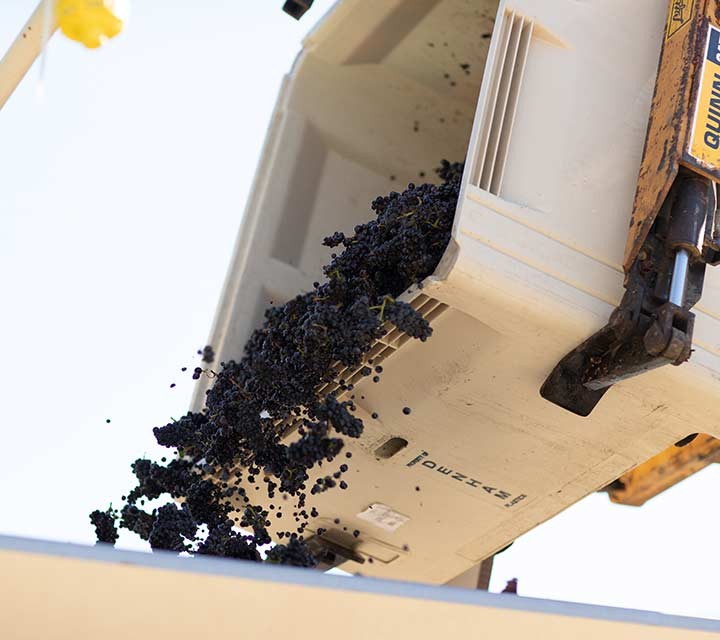
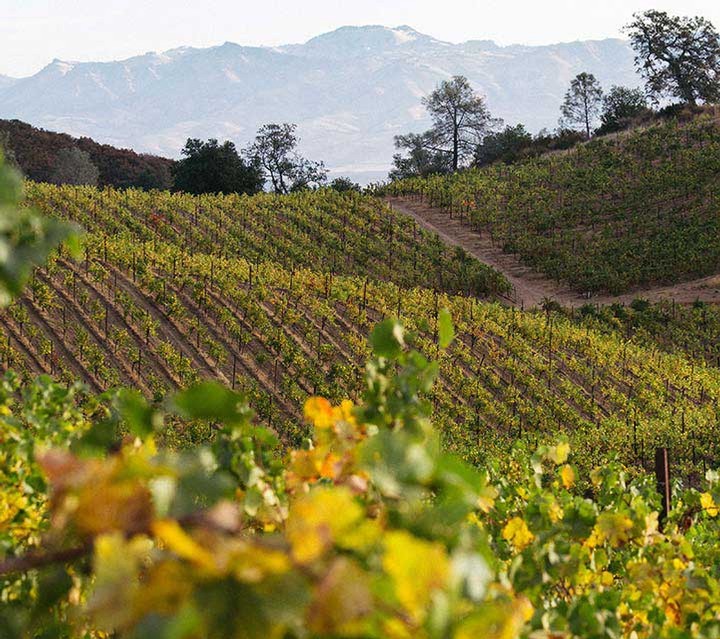

To make great wine it is essential to employ the most gentle of methods in the winemaking process. We firmly believe in minimal intervention in the natural process of fermentation. Our multi-level, seven-tier, gravity-flow winery design allows optimal efficiency with gentle handling of the grapes, juice and wine.
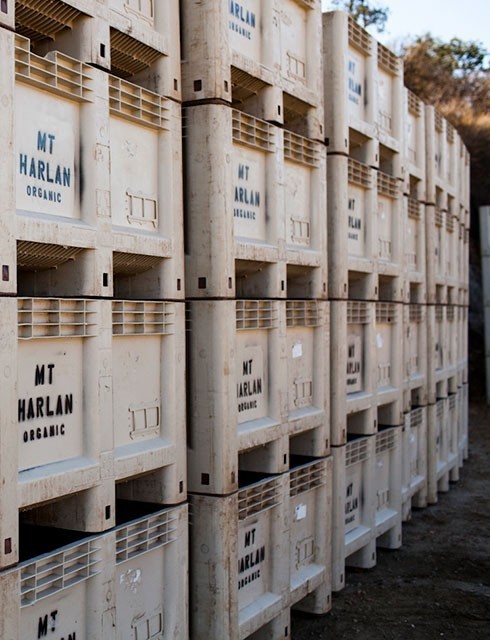
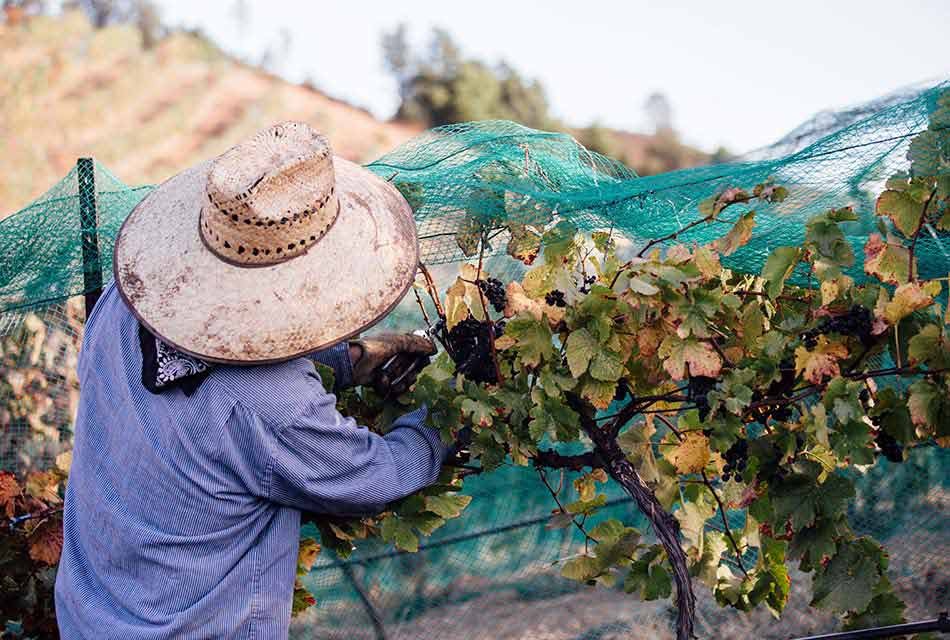
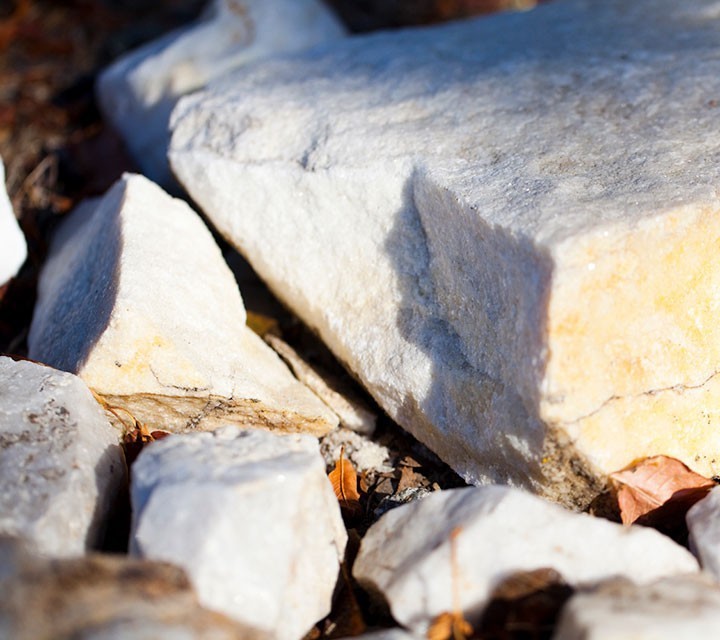
We utilize non-interventionist winemaking techniques (with little to no pumping) allowing the wines to retain their purity and focus. We use native yeasts rather than inoculating. We prefer whole cluster fermentations whenever possible. Our wines are aged with minimal racking because we feel that every time you touch the wine you take more away from the grape, so minimal handling is ideal. All of these techniques help to retain the sense of place and connection to the origin of the grapes - their true essence of terroir.
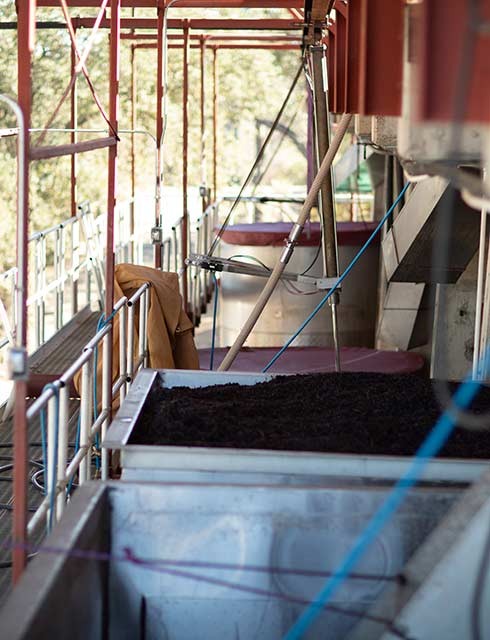
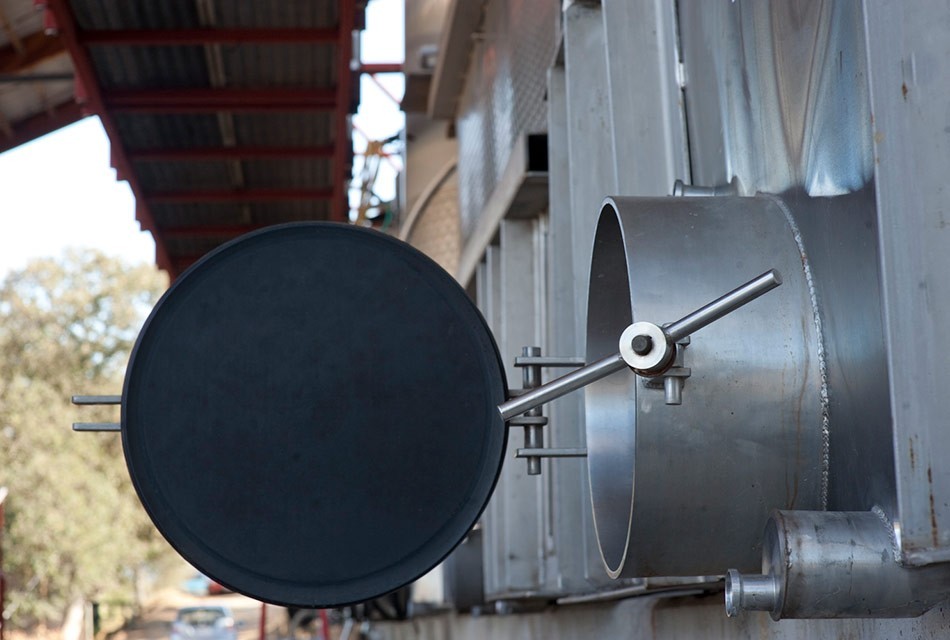
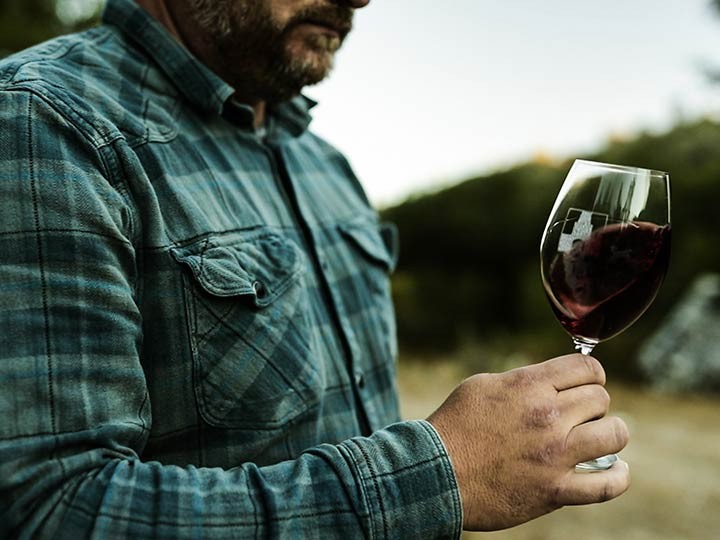
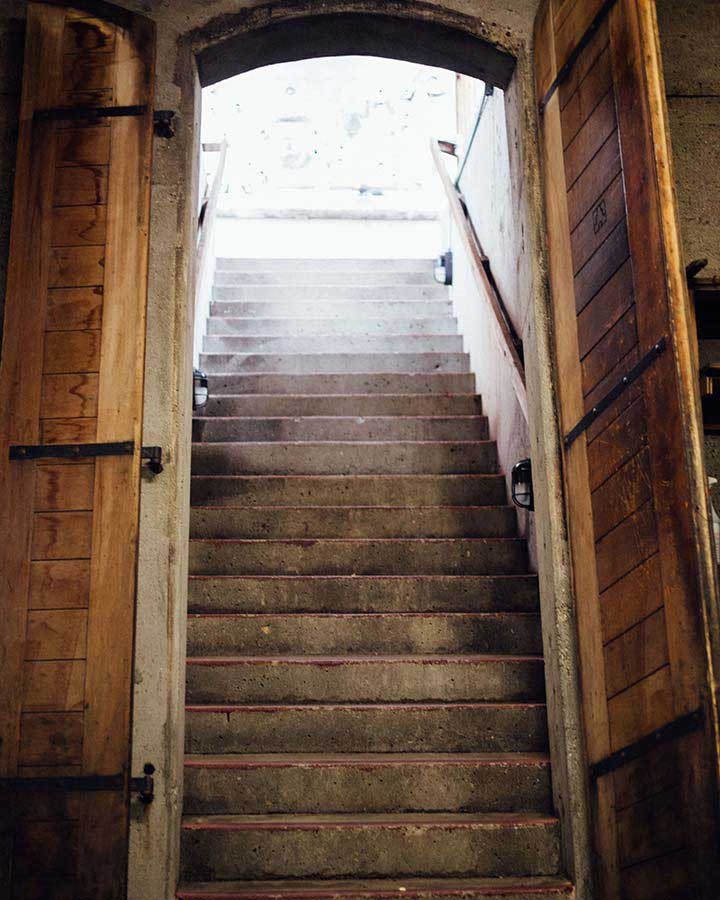
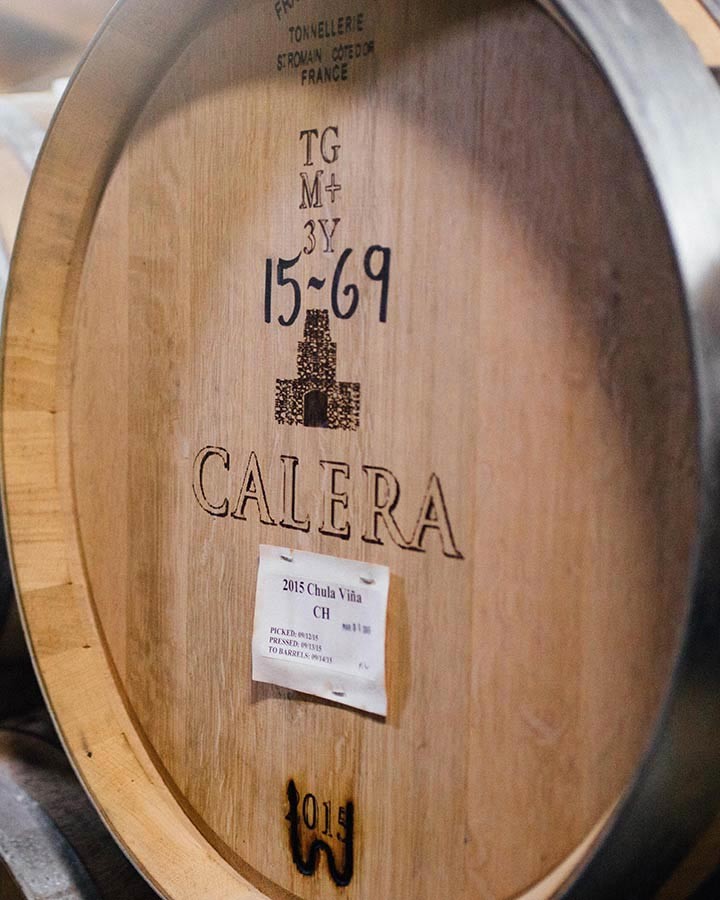
There is no exact annual recipe for winemaking - grapes are harvested at their peak of ripeness and flavor. Pinot Noir is fermented in open-top fermenters, mostly whole cluster (uncrushed) at warm temperatures (90F). Punch downs aid in color extraction and lots are pressed after a 14 day minimum. Single vineyard wines are aged in 60 gallon, 30% new French oak barrels for 16 months. Central Coast wines see a lower proportion (12-15%) of new oak for a shorter time (10-11 months).
White grapes arrive and are pressed whole cluster to remove skins and seeds. Viognier ferments in neutral oak barrels. For Mt. Harlan Chardonnay 25-30% of new oak is used each year, and for Central Coast Chardonnay it’s just 10-15%. After fermentation with native yeasts, barrels are stirred weekly until natural malolactic fermentation is complete. Viognier stays in neutral barrels for about eight months and Chardonnay is aged 9-10 months on the lees; both in the same barrels in which they were fermented. The white wines are lightly fined with bentonite and given a light filtration.
There is no exact annual recipe for winemaking - grapes are harvested at their peak of ripeness and flavor. Pinot Noir is fermented in open-top fermenters, mostly whole cluster (uncrushed) at warm temperatures (90F). Punch downs aid in color extraction and lots are pressed after a 14 day minimum. Single vineyard wines are aged in 60 gallon, 30% new French oak barrels for 16 months. Central Coast wines see a lower proportion (12-15%) of new oak for a shorter time (10-11 months).
White grapes arrive and are pressed whole cluster to remove skins and seeds. Viognier ferments in neutral oak barrels. For Mt. Harlan Chardonnay 25-30% of new oak is used each year, and for Central Coast Chardonnay it’s just 10-15%. After fermentation with native yeasts, barrels are stirred weekly until natural malolactic fermentation is complete. Viognier stays in neutral barrels for about eight months and Chardonnay is aged 9-10 months on the lees; both in the same barrels in which they were fermented. The white wines are lightly fined with bentonite and given a light filtration.

